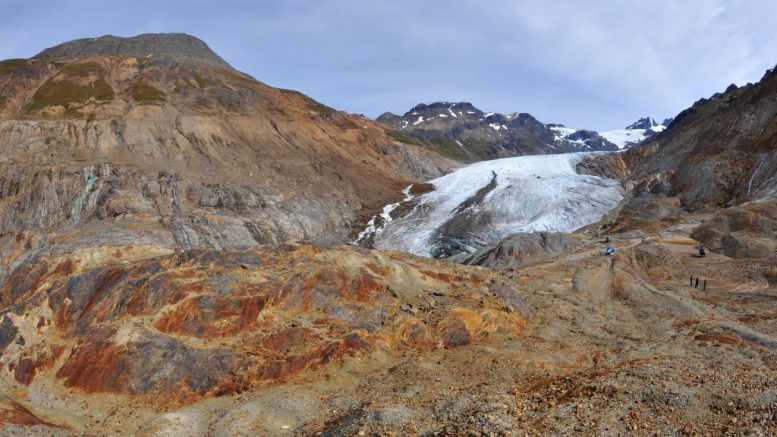Critical metals are a key economic driver for British Columbia’s mining industry, but government regulation, interest rates and inflation threaten opportunities, accounting firm PwC says in a new report.
Green energy minerals make up 26% of total revenue or $3.8 billion, according to PwC’s B.C. Mine Report 2023. Exploration and development are driving growth in the sector, contributing most significantly to the 24% increase in capital expenditure year-on-year.
“British Columbia is primed to become one of the most reliable and lowest-carbon-emitting suppliers of critical minerals,” PwC said. However, “the process required for mining companies to acquire the necessary permits to build and operate their sites remains too long,” it said.
There are 17 proposed critical minerals mines in development in the province – 10 metal mines, seven steelmaking coal mines and two smelters.
Proposed critical mineral mines worth $36 billion in near-term investment, 300,000 person-years of employment and $11 billion in tax revenues, according to an independent economic impact analysis conducted for the Mining Association of British Columbia (MABC) early this year. The long-term economic impact of operating these mines over several decades could be nearly $800 billion, it said.
Social licence
“For years, the B.C. mining industry has chosen to keep a low profile, even as it has quietly led on many environmental issues,” the PwC report reads. “Miners in the province, for instance, have understood the value of attaining social licence from the communities in which they operate since well before environmental, social and governance concerns went mainstream.”
The B.C. mining industry has been working with the province to get necessary investments and policies in place, and PwC said progress has been made “on multiple fronts.”
Over the past year, the provincial government issued certificates and permits to move several mining projects ahead. It also recently unveiled a Critical Minerals Strategy, which includes the creation of the Critical Minerals Project Advancement Office to expediate review and approval processes of new mines.
However, industry players are cautious about regulatory and economic forces, ranking government regulation, cost of capital and inflation as the top three threats respectively for the next 12 months, PWC warned.

“Both the provincial and federal governments appear to understand the imperative. Ottawa has committed to reducing waiting times significantly, and the B.C. government is investing more money to support the permitting process,” the firm noted.
“However, the need to get mines operating can’t be overstated. Around the world, other regions that have significant critical minerals deposits are trying to attract foreign capital to develop their own projects. British Columbia, as well as Ontario and Quebec, must win this global race for capital, in part by proving they can bring mines and minerals to market in a timely fashion.”


Be the first to comment on "Red tape is top threat facing BC mining industry: PwC"